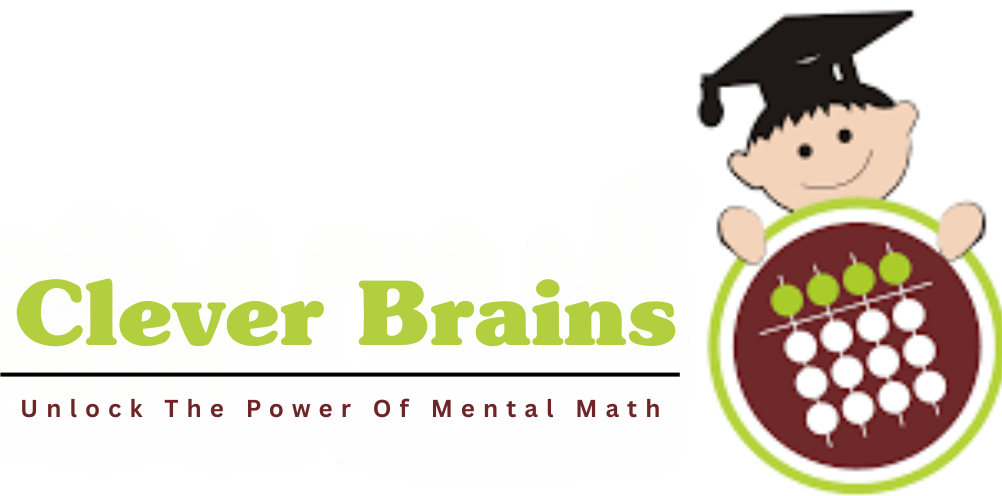What Is Abacus ?
Picture & Details of Abacus Tool.

What comes to mind when you hear the word “abacus”? For many, it might seem like just a colorful toy for children. But at Clever Brains, we know it’s so much more—an incredible, ancient tool that transforms the way children learn math. Imagine turning math into a treasure hunt, where every bead you move brings you one step closer to the prize. That’s the magic of abacus learning!
The abacus is a frame filled with rods and movable beads, each bead representing a value. With every movement, children learn math visually, making abstract numbers and symbols easier to understand. This turns scary math “monsters” into fun, solvable puzzles. Through Clever Brains abacus classes in Raipur and our abacus course in Raipur, students gain confidence and skill in arithmetic operations like addition, subtraction, multiplication, and division.
Our best abacus classes online in Raipur and abacus online classes in Raipur bring this learning tool right into your home. These online abacus classes near me offer flexibility while maintaining the same high quality of instruction, making math engaging, interactive, and enjoyable..
The abacus usually consists of 9 to 17 rods in a frame, each with five beads—four below the beam and one above. These beads slide up and down the rods to perform all kinds of calculations. The result? Students who once feared math now develop:
Strong mental arithmetic skills and computational power
Greater concentration and memory
Enhanced speed and accuracy in problem-solving
A love for mathematics through visual learning
Activation of both the right and left brain
A lifelong foundation in arithmetic
Freedom from math anxiety
At Clever Brains, we explore different types of abacus tools as part of our abacus course in Raipur:
Chinese Abacus (Suanpan) – With two beads on one side of the divider and five on the other
Russian Abacus – Horizontally placed rods where beads move right to left
Japanese Abacus (Soroban) – Features bamboo rods and a simple bead layout
Roman Abacus – Used stones as counters on a table for calculations
Cranmer Abacus – Designed by Tim Cranmer to support learners with vision disabilities
Whether you’re searching for the best abacus classes near me or flexible online abacus classes near me, Clever Brains offers expert instruction, proven results, and a joyful learning experience. Join us and let your child discover the true power of math with the timeless tool of the abacus.

Contact Us
D-66, Sector – 5, Devendra Nagar, Raipur C.G. 492001
9755912381 / 9926611881
cleverbrainsryp@gmail.com